Author: Marshall Schott
In August 2012, my younger sister married the dude of her dreams in Philadelphia, PA, which is a skip away from his hometown of Princeton, NJ. With two young kids at the time, my wife and I took advantage of the fact we’d have a number of family members around willing to help out and left a week early to do some sightseeing. After a couple nights in New York City with my dad and stepmom, we took a train to Princeton to meet-up with the wedding party. At one point, a group of us went out to a standard American chain restaurant, and on the drink menu I spied a beer that is often talked about though is difficult for us west coasters to come by—Yuengling Lager.
I’d actually tried Yuengling Lager once prior to this trip, and while I enjoyed it just fine, the fresh draught pint I ordered that night in New Jersey was an entirely different experience—clean, crisp, slightly toasty, and insanely crushable. It was at this point I understood the love many have for this classic American beer that the BJCP lists among its examples of International Amber Lager, the description of which reads:
A well-attenuated malty amber lager with an interesting caramel or toast quality and restrained bitterness. Usually fairly well-attenuated, often with an adjunct quality. Smooth, easily-drinkable lager character.
My experience with Yuengling Lager, as well as other notable examples of this style including Brooklyn Lager and Dos Equis Amber, reminded me a bit of one of my all-time favorite styles, Vienna Lager. However, I perceive them as possessing slightly less flavor in a way that makes them delightfully drinkable, which I attribute to the use of adjuncts like corn and rice. Recently thirsting for a tasty international amber lager, I decided to brew one up using methods that would likely cause Mr. Jüngling to turn in his grave.
| BREWING THE BEER |
After looking over a few recipes online, I designed this International Amber Lager using the ingredients I had on hand.
Short & Shoddy International Amber Lager
Recipe Details
| Batch Size | Boil Time | IBU | SRM | Est. OG | Est. FG | ABV |
|---|---|---|---|---|---|---|
| 5.5 gal | 25 min | 14.8 IBUs | 9.7 SRM | 1.053 | 1.015 | 5.1 % |
| Actuals | 1.053 | 1.011 | 5.5 % | |||
Fermentables
| Name | Amount | % |
|---|---|---|
| Grits, Quick | 1 lbs | 8.33 |
| Genie Vienna Malt (Root Shoot Malting) | 5 lbs | 41.67 |
| Pelton Pilsner-style Malt (Mecca Grade) | 5 lbs | 41.67 |
| Caramel/Crystal Malt - 60L | 8 oz | 4.17 |
| Victory Malt | 8 oz | 4.17 |
Hops
| Name | Amount | Time | Use | Form | Alpha % |
|---|---|---|---|---|---|
| Perle | 15 g | 25 min | First Wort | Pellet | 8.3 |
| Tettnang | 15 g | 10 min | Boil | Pellet | 4.4 |
| Tettnang | 15 g | 2 min | Boil | Pellet | 4.4 |
Yeast
| Name | Lab | Attenuation | Temperature |
|---|---|---|---|
| Urkel (L28) | Imperial Yeast | 73% | 52°F - 58°F |
Notes
| Water Profile: filtered Fresno tap water with similar amounts of gypsum and CaCl |
Download
| Download this recipe's BeerXML file |
At 11:12 AM, I began collecting the full volume of filtered water.
Aiming for a perceptibly crisp beer, I added a touch more gypsum than calcium chloride to the water.
As the water was heating up, I milled the barley malt then weighed out the quick grits, which were left over from a prior batch of Short & Shoddy Cream Ale.
When the water was properly heated, I stirred in the grist then checked to make sure it was at my target mash temperature.
During the brief 30 minute mash rest, I gave it a good stir every time I walked by.
Once the mash was complete, I removed the grains and set the controller to heat the wort, at which point I prepared the kettle hop additions.
The wort was boiled for just 25 minutes with hops added at the times stated in the recipe.
At the completion of the boil, I quickly chilled the wort with my IC.
A refractometer reading showed the wort was at 13.1 ˚Bx, or 1.053 OG, for a brewhouse efficiency of 68%.
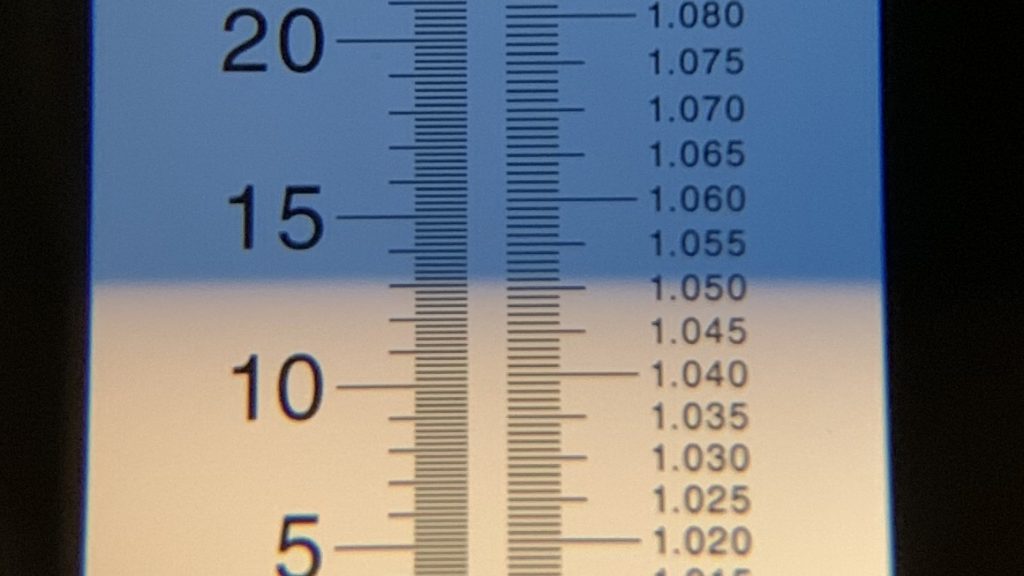
I then transferred the wort to my fermentation vessel.
Next, I direct pitched a pouch of Imperial Yeast L28 Urkel into the 68˚F/20˚C wort.
The fermenter was placed in my chamber controlled to 66°F/19°C and connected to my CO2 capture rig at 1:06 PM for a total brew day time of 1 hour 55 minutes.
By the following morning, signs of activity were observed, which is impressive considering the yeast was packaged 3 months prior to being pitched. After 6 days of fermentation, I took a hydrometer measurement confirming FG had been reached.
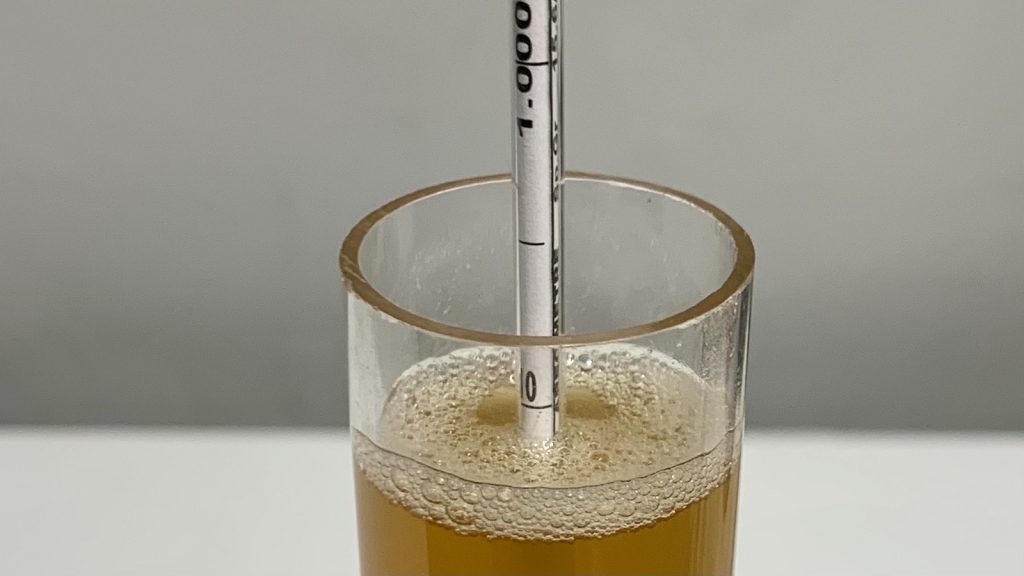
After replacing the CO2 harvester with a CO2 filled BrüLoonLock, I reduced the temperature in the chamber to 33°F/0.5°C for cold-crashing.
The following day, I fined the beer with gelatin.
I left the beer alone for 5 days before transferring it to the naturally CO2 purged keg.
The filled keg was placed in my keezer and burst carbonated at 50 psi for 15 hours before I reduced the gas to a serving pressure of 14 psi. After a week of cold conditioning in my keezer, it was ready to serve to tasters.
| RESULTS |
A total of 11 people of various levels of experience participated in this Short & Shoddy evaluation. Participants were informed of the specific beer style and provided the BJCP description prior to completing the survey. Tasters were then instructed to rate how hoppy, malty, and dry they perceived the beer to be on a 0-5 scale where a rating of 0 indicated “not at all” and 5 indicated “extremely.”
Tasters were provided a list of common hop, malt, and yeast characteristics then instructed to select from each the one they perceived as being most prominent in the beer.
Hop Characteristics
Malt Characteristics
Yeast Characteristics
Next, participants were asked to indicate whether or not they detected any off-flavors in the beer; those who did were provided a list of common off-flavors and instructed to select the one they perceived as being strongest. Not a single person identified this beer as possessing any off-flavors.
Tasters were then asked to rate how well the beer represented the intended style, based on the provided BJCP description, on a 0-5 scale where 0 meant “not at all” and 5 meant “exactly.”
Finally, tasters were asked to rate how much they enjoyed the beer on a 0-5 scale where 0 indicated they hated it and 5 indicated they loved it.
My Impressions:I’ve drank my fair share of commercial International Amber Lager over the years and this Short & Shoddy version was markedly richer in flavor to my palate, something I attribute largely to the use of craft malts from Root Shoot Malting and Mecca Grade Estate Malt. While I certainly got toasty malt notes, there was also a noticeable caramel flavor that wasn’t cloyingly sweet. Like many of the tasters, I too felt the most prominent hop character was earthy, though I also got a hint of floral, and the fermentation was super clean. Overall, I quite enjoyed this beer, though in the future I’d be inclined to pull back on the Crystal 60 and up all of the kettle hop additions a bit.
| CONCLUSION |
When I order beers like Dos Equis Amber and Yuengling Lager, I expect to drink something that’s equally as flavorful as it is thirst quenching. While not a necessary ingredient, one way brewers can achieve this is by including a charge of highly fermentable adjuncts such as corn or rice in the recipe, which can help drive attenuation and dryness, thus balancing a beer whose grist includes notably richer malts.
Tasters of this Short & Shoddy International Pale Lager rated its malt character and dryness as the most prominent characteristics, which aligns nicely with the style description. Even though it possessed little hop character, tasters overwhelmingly felt earthy notes were most on display, while caramel/sweet and clean fermentation led the way for malt and yeast, respectively. Moreover, not only did tasters think this Short & Shoddy International Amber Lager was a solid representation of the style, but they generally seemed to like it as well, with all but one person rating their preference a 4 or 5 on a 5-point scale. Combined with the fact nobody noted any off-flavors, it would appear the non-conventional methods used to brew this beer had little if any negative impact.
I’ve been using craft malts, particularly from Mecca Grade Estate Malt, for a few years now, and in my experience, it contributes a wallop of flavor to beer that’s quite different than what I get from bigger maltsters. In this case, as in most, this worked out, though I feel the beer would have benefitted from just a touch more bitterness to balance all that malty goodness. Really though, this was a solid drinking example of International Amber Lager that was enjoyed by nearly all who had the opportunity to taste it before the keg kicked.
If you have thoughts about this Short & Shoddy brew, please feel free to share it in the comments section below!
Support Brülosophy In Style!
All designs are available in various colors and sizes on Amazon!
Follow Brülosophy on:
FACEBOOK | TWITTER | INSTAGRAM
If you enjoy this stuff and feel compelled to support Brulosophy.com, please check out the Support page for details on how you can very easily do so. Thanks!


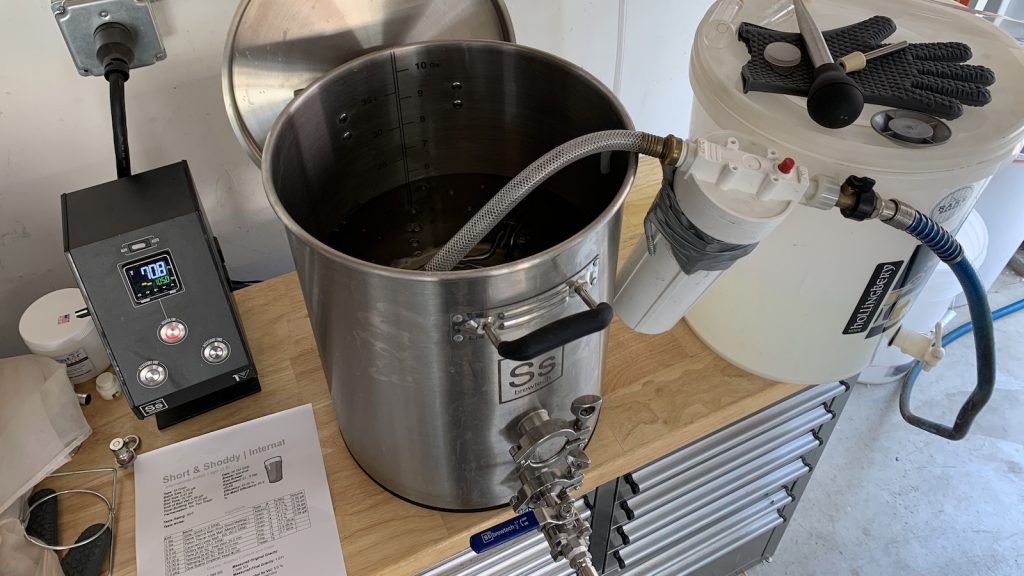
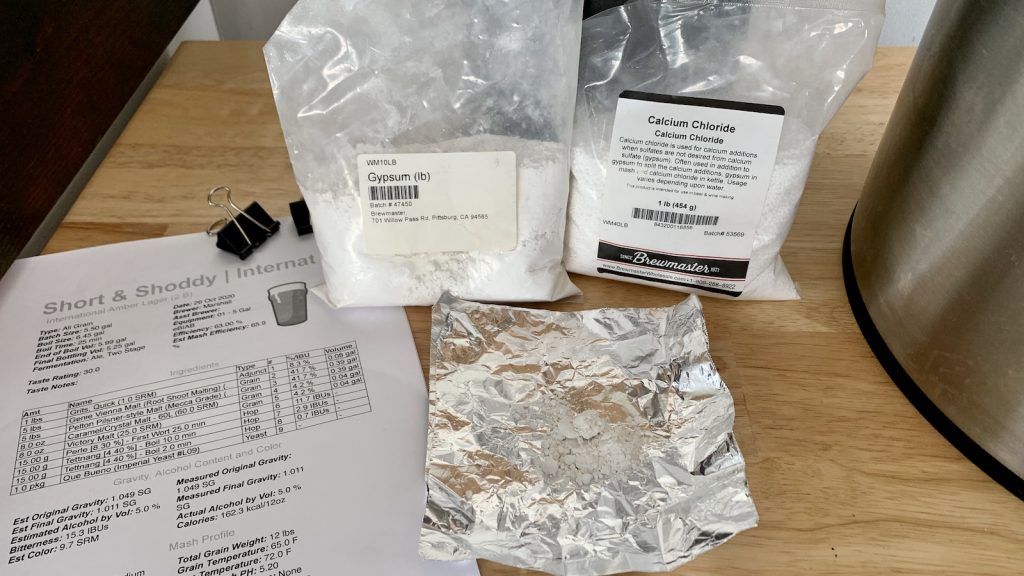
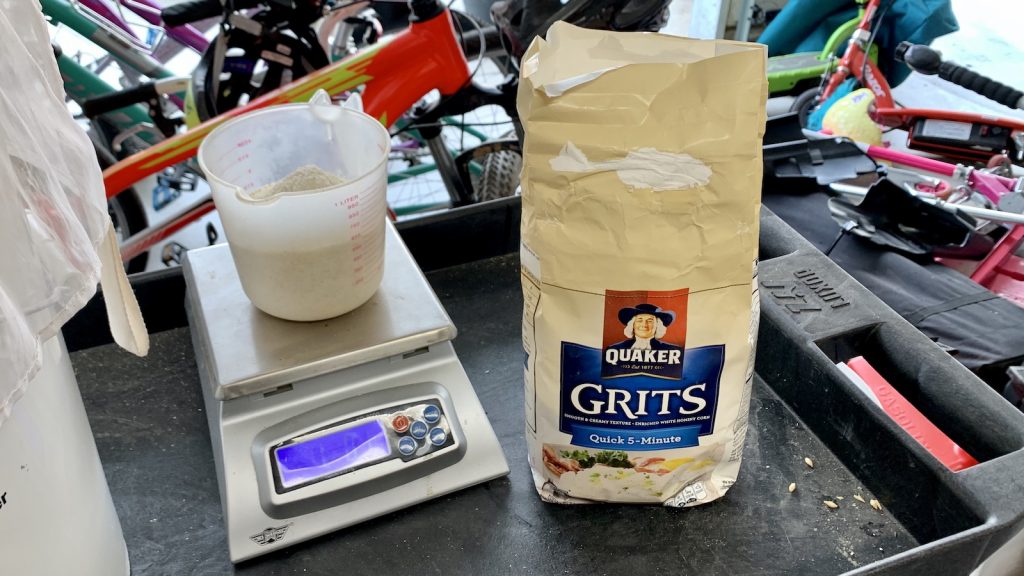
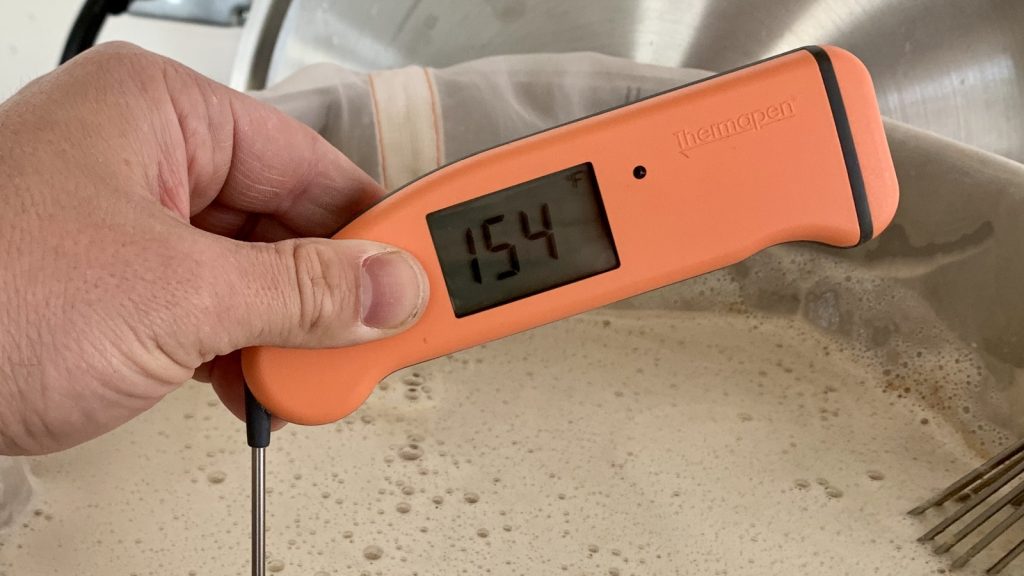
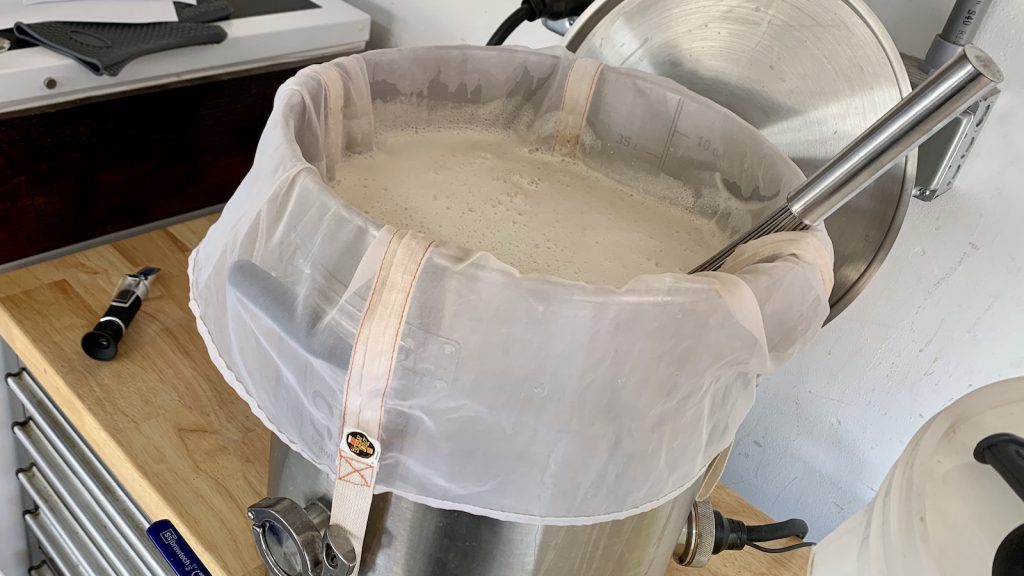
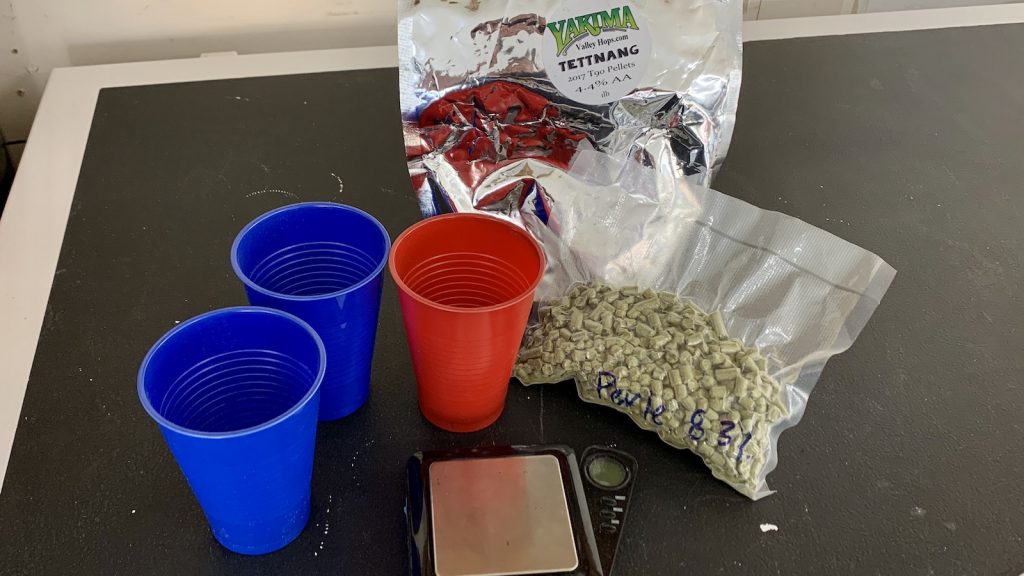
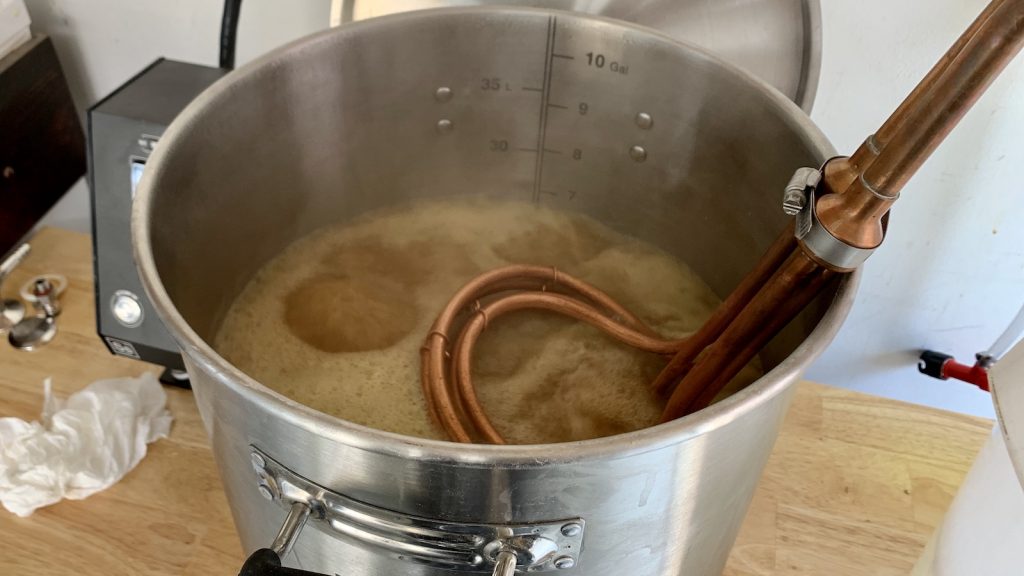
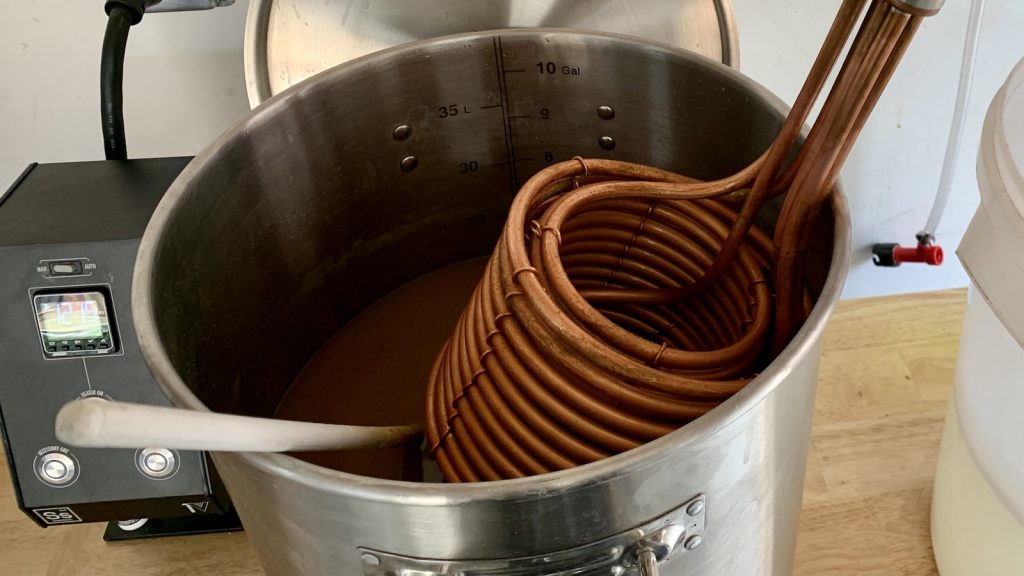
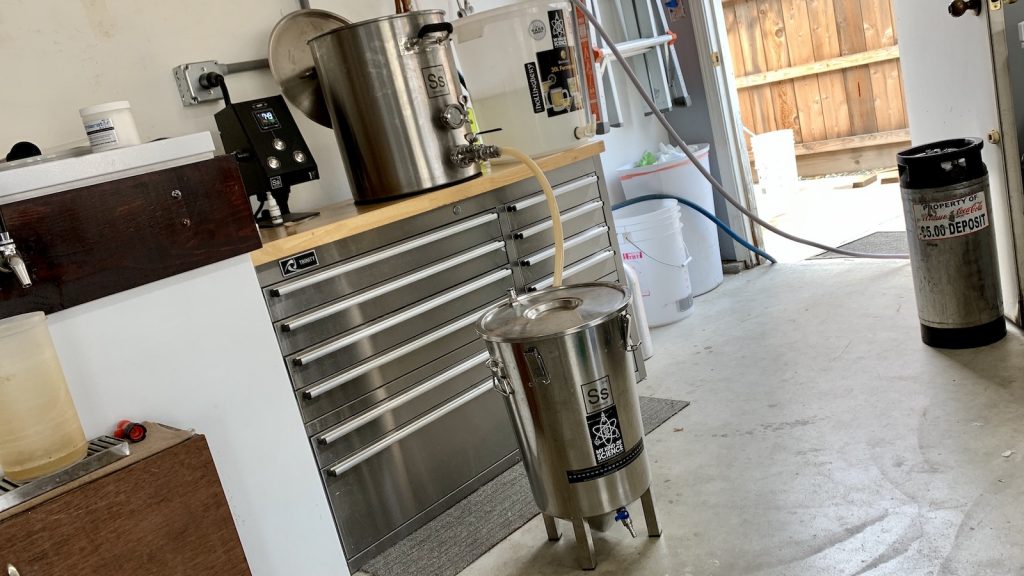
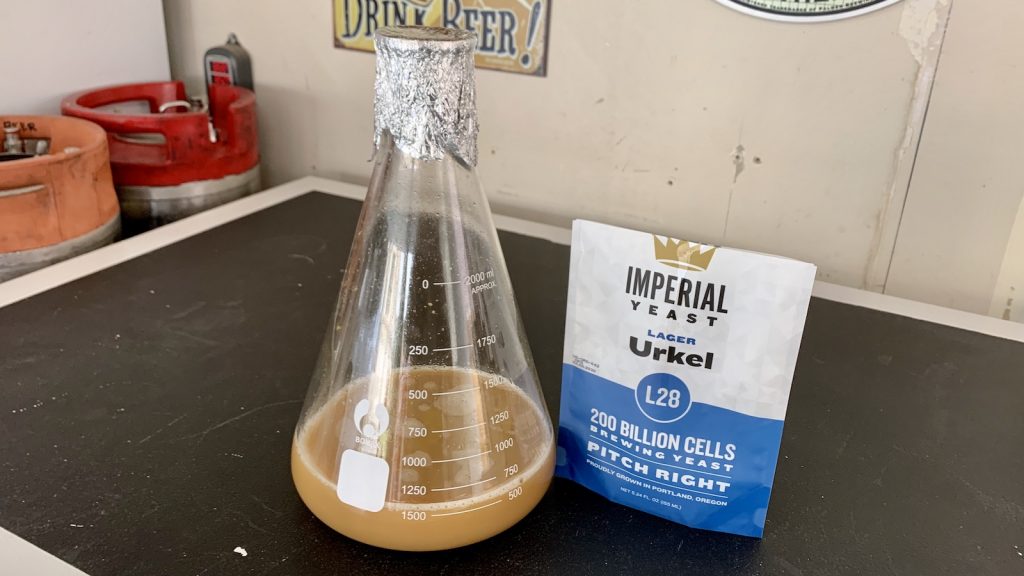

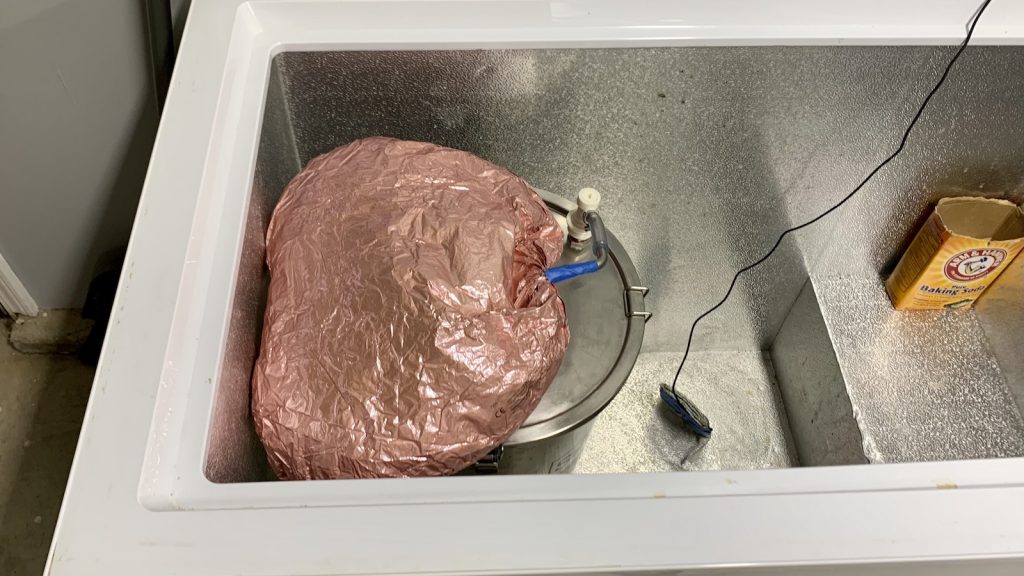
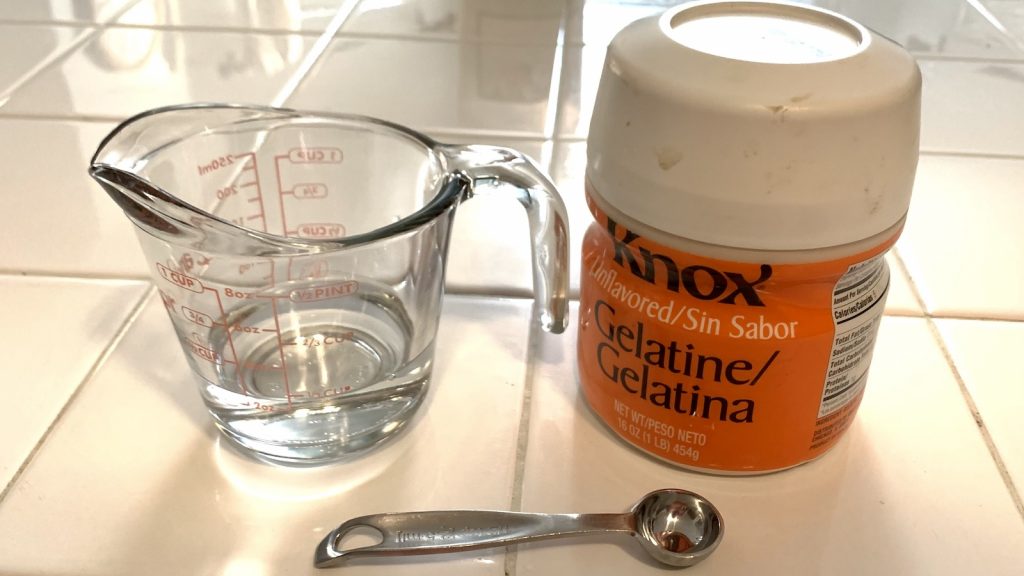
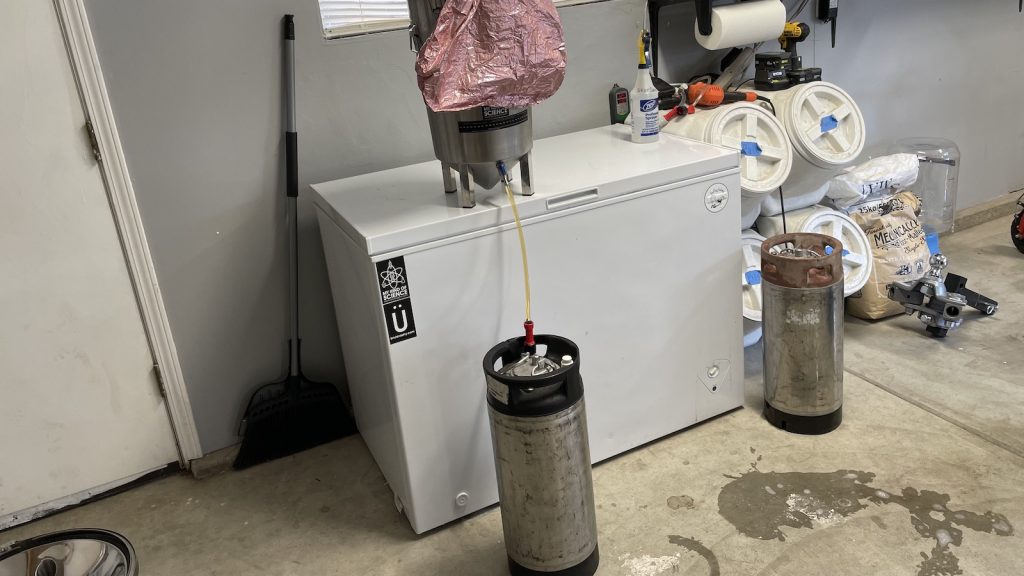
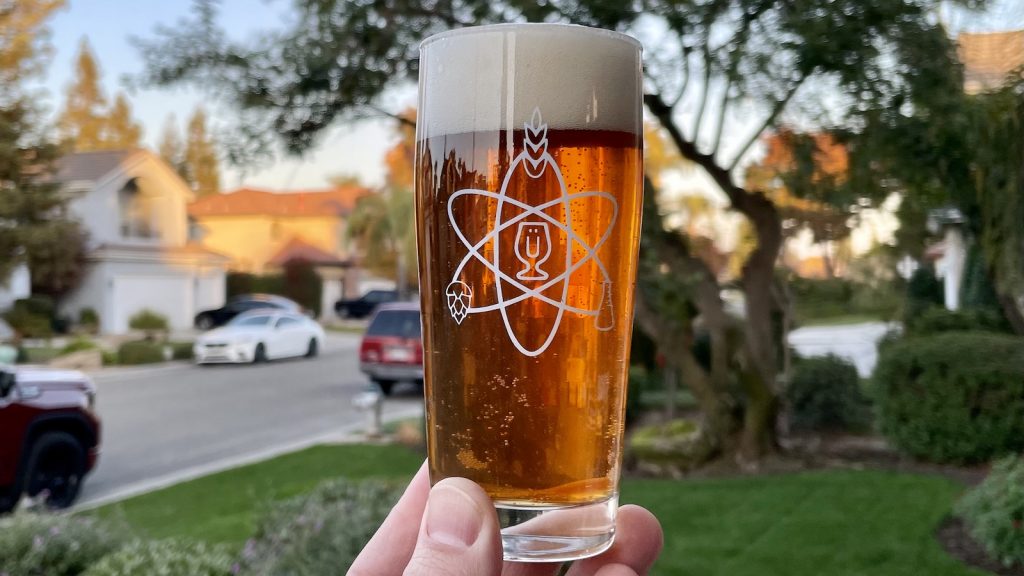
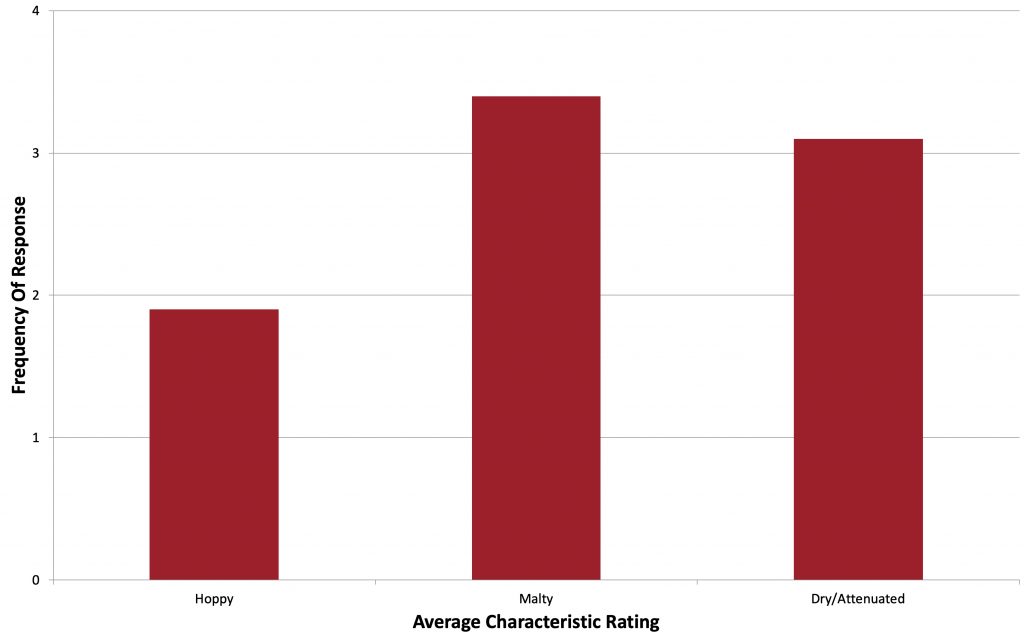
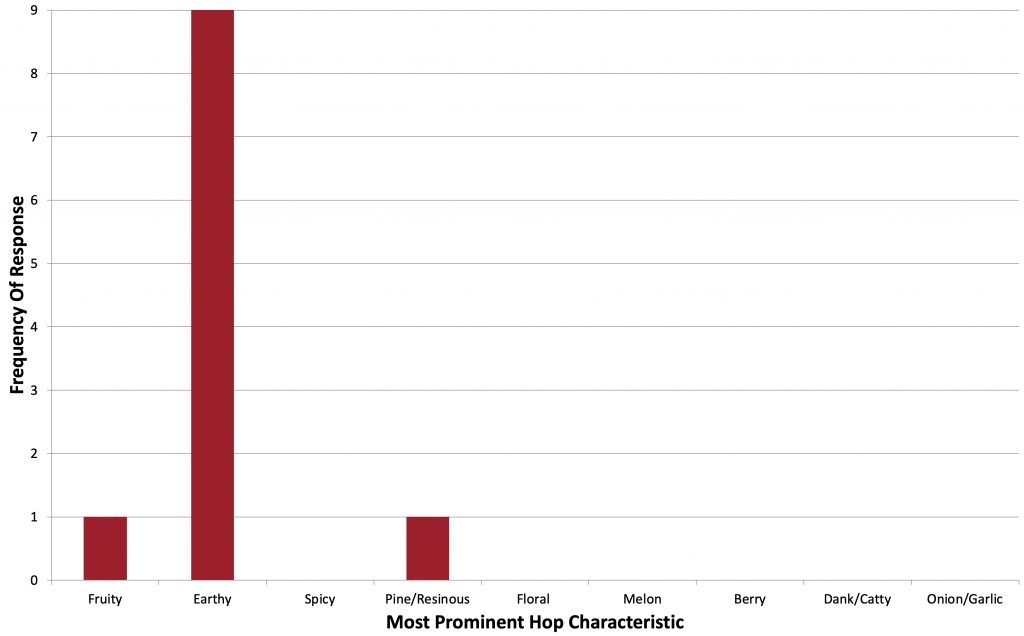
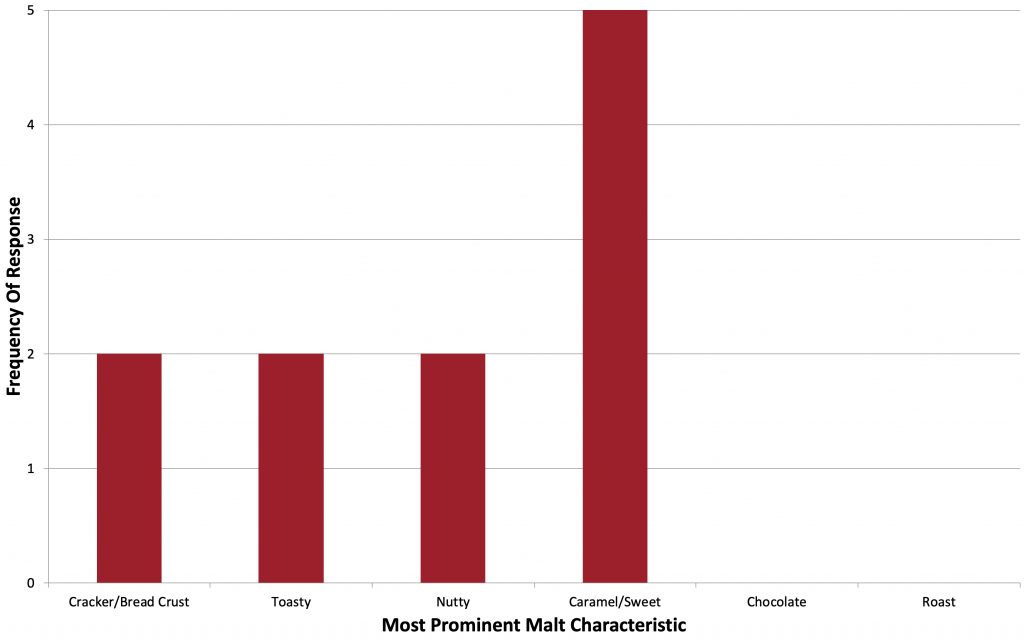
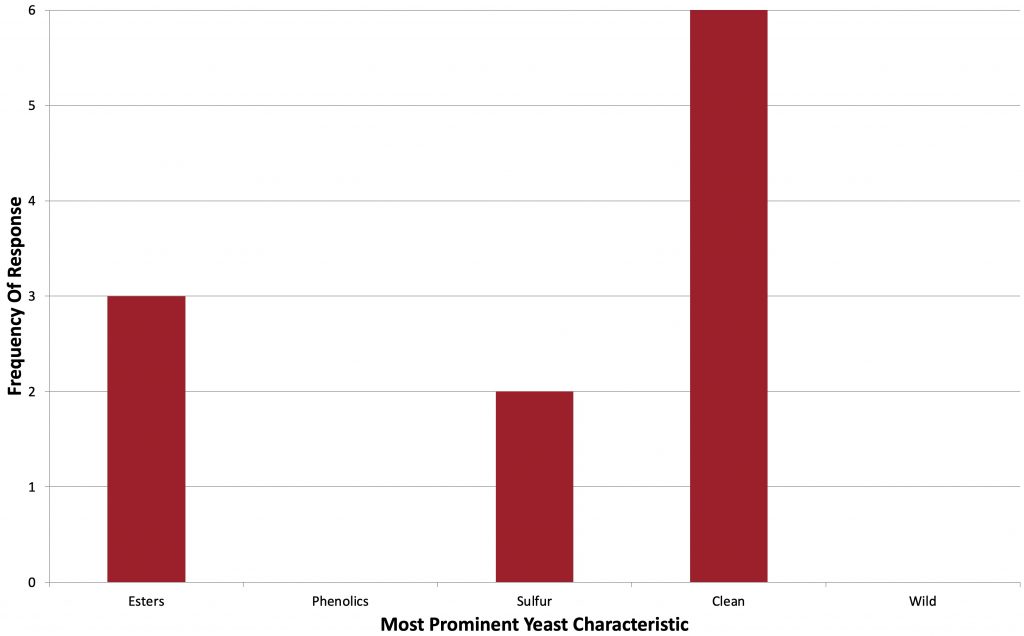
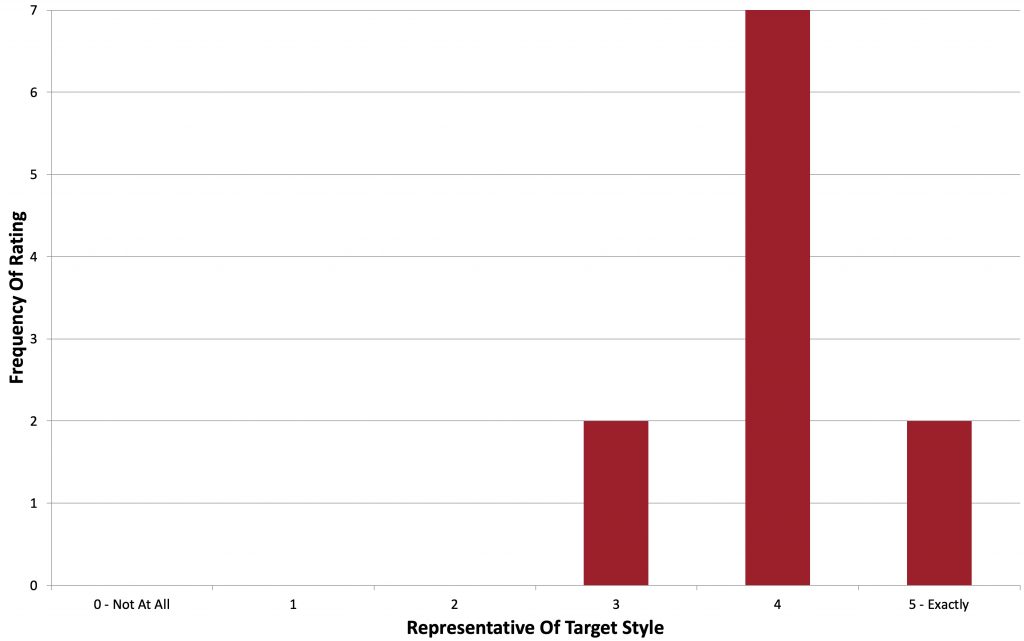
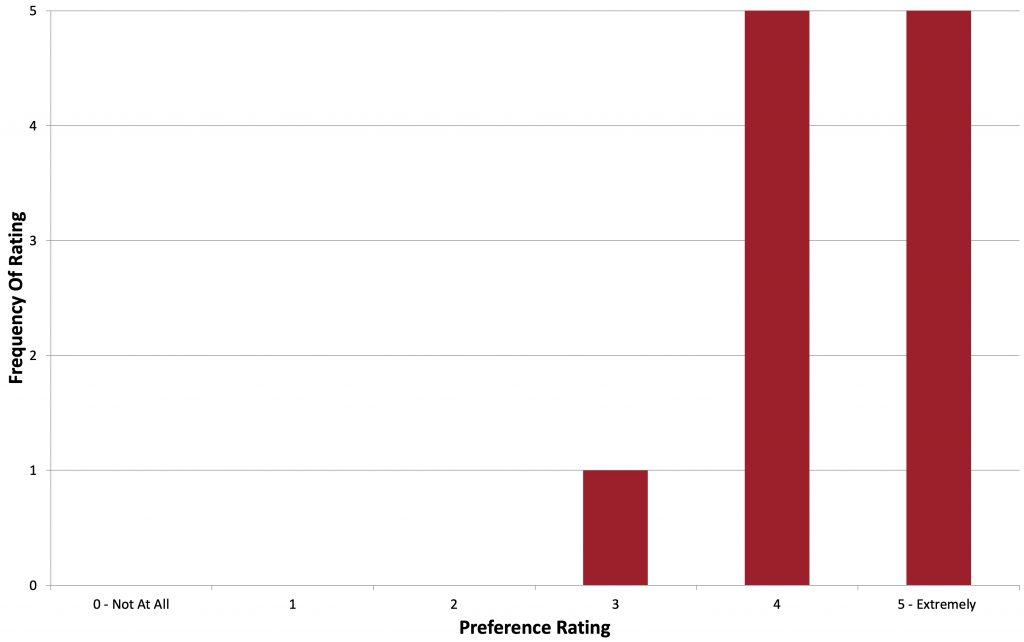











6 thoughts on “Short & Shoddy | International Amber Lager”
This is such a lovely page. Thanks for all content you share. We are two brothers planning to start a brewery in Sweden within a few years. Your blog is pure inspiration. Would love to see global measures if possible. I suppose you have a lot of international readers, and right now i need to convert every recipe to liters etc. Thank again!
Marshall, How long does your transfer from the Brewbucket through the post into the cornie take? It was so painfully slow for me that I went back to direct transfer to the bottom with a larger ID hose, while I add a slow trickle of co2 to the already purged keg.
8-10 minutes, maybe? I don’t stand around and watch it, I turn the valve and do other stuff.
Hi Marshall. Really enjoyed episode 237 but I was surprised when you said there was no flavour difference between using rice or maize as an adjunct addition. I was quite sure I could taste the difference but now I’m not so sure after your comments. Perhaps my bias has clouded my judgement. Has this ever been put to the test?
Kind regards,
Steve
I think there can be a difference, but at the proportions used is styles like IAL, I’m doubtful it’s perceptible. I could be wrong!
Was just listening to this episode today. I’d always heard of Dos Equis Amber being referred to as a Vienna lager. Been working on a recipe with that beer in mind for summer, but under the guidelines for Vienna lager. Wonder if now I need to rethink it a bit if I’m aiming for a poolside beer…?